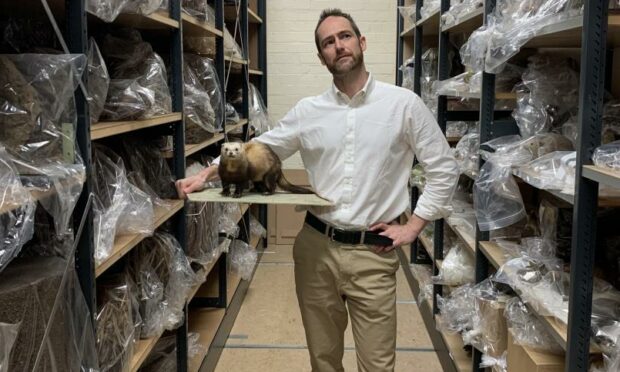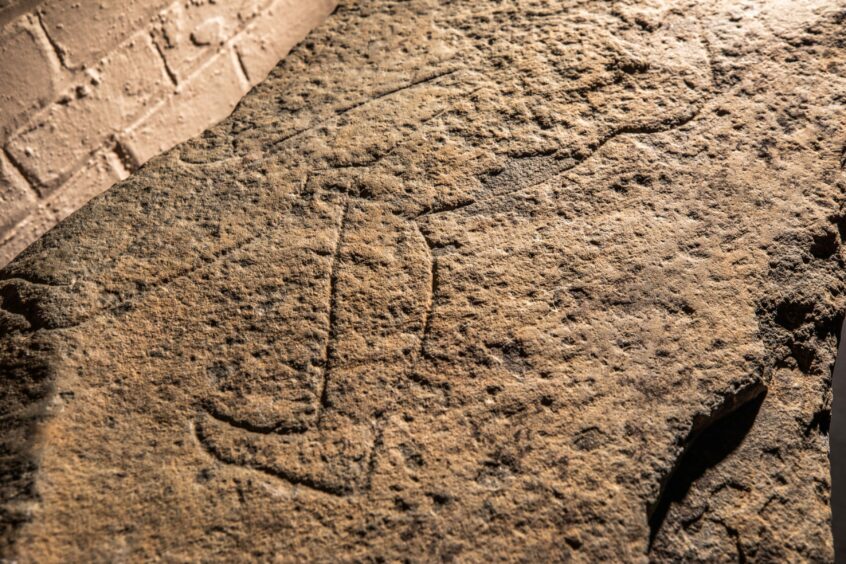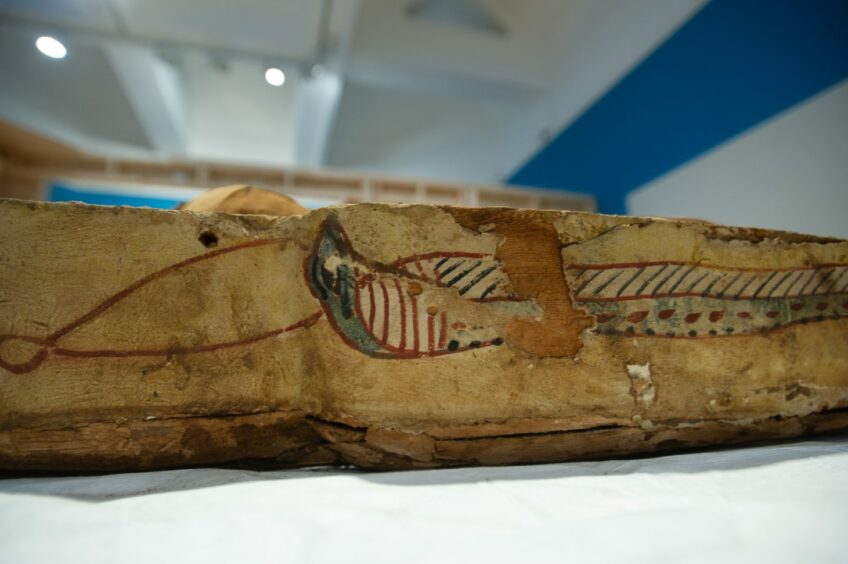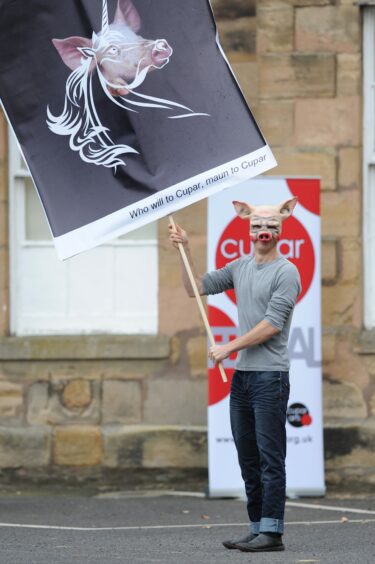Inviting visitors to vote for their favourite exhibits may sound dangerously like a reality TV contest.
But Perth Museum and Art Gallery hopes its latest show will encourage us to gain greater awareness and care for objects in public ownership.
New exhibition Kill Your Darlings is the brain child of the institution’s current Artist-in-Residence, Anthony Schrag.
Born in Zimbabwe, Schrag first came to Scotland to study at Glasgow School of Art and now lives in Edinburgh.
Working with Perth Museum since 2019, he has devised the show to persuade people to think about museum collections and who they are supposed to benefit.
Visitors can vote for their most-loved objects on a running tally displayed throughout the exhibition’s run.
With help from museum staff, Schrag has selected pieces to represent the museum’s vast and varied collection – half a million items ranging from art works through archaeological finds such as bones and coins to scientific and historical artifacts.
‘Old photographs and crazy taxidermy’
Understandably, Schrag refuses to pick his own favourites for fear of influencing the voting process, though is proud of the effort put in to dig deep:
“There are old photographs and books that haven’t seen the light of day for years and crazy taxidermy that I love, which I’m really excited for people to see.
“There is a lot of it you might think ‘What the heck’s that?’, but you realise how interesting these things are, like potato sacks that show the social importance of that industry.”
The key challenge, Schrag explains, is that so much of the collection, although owned by the citizens of Perth and Kinross, is rarely on view or accessible to the general pubic.
Kept safely locked away
“The vast majority is kept very safely behind secure locked, climate-controlled doors,” he says.
“To be very simplistic, it’s almost like saying to a young child: ‘All of these toys are yours, but we will keep them behind a locked cupboard and only bring out the ones that we think you should play with’.”
Kill Your Darlings – the title comes from William Faulkner’s stark advice about writing novels – is the culmination of months of Covid-delayed activity that has seen Schrag work with community groups such as ramblers and students.
He has also embedded himself within the museum, attending meetings and spending time in offices.
He has been examining how the organisation operate, especially in allowing or hindering access to its collections.
This has involved some difficult, though hopefully useful, conversations with museum staff, Schrag admits.
“When things are tense and people are not happy with my questions, uncomfortable as that is for me and Culture Perth Kinross, I feel like the projects are working.
‘Art is about seeing the world differently and to do that, it means we need to look at the things we’d rather not. New knowledge is always risky.”
Such interactivity is part and parcel of a career based around participation and action.
Along the way, Schrag has blown up sculptures, ‘kidnapped’ a group of Glasgow city councilors and in 2018 walked from Scotland to Venice to attend the Italian destination’s art Biennale.
How art can ask difficult questions
He explains: “My practice is rarely about making an object, a piece of art. I’m more interested in how art can ask interesting and difficult questions.
‘Objects are too fixed in time and space, whereas conversations can have nuance. That’s important to me; I think we don’t have enough space to do that in the world, generally.”
Alongside the exhibition, Schrag is running a series of discussions and workshops where participants can dive deeper into some of the issues the artist is aiming to raise.
Towards the end of Kill Your Darlings, one is alarmingly titled Destruction as Creation – The Final Decision, though Schrag is keen to admit he is not aiming to pulverise the object with fewest votes.
“That’s the provocation, but I don’t think we’ll get to the point of actual destruction,” he says.
“The point is to talk about different sorts of value. What item would you save from the fire?” Even if it is a potato sack.
Kill Your Darlings runs at Perth Museum and Art Gallery from 12 February 12 to May 8.













